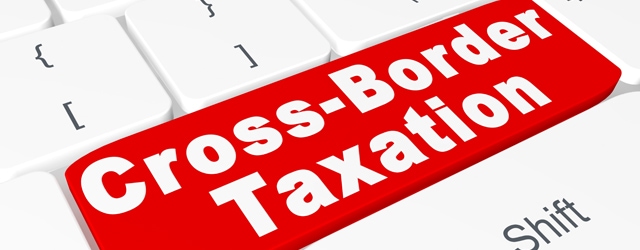Some ofthe bold claims that won Donald Trump votes on the campaign trail are being walked back by reality.

A cornerstone of US House of Representatives speaker Paul Ryan’s “A Better Way” tax reform plan is a border adjustment tax as an alternative to import tariffs. President-elect Donald Trump blasted the House Republicans’ border tax proposal last month, however, calling it too complicated and an unwanted boost to the already high dollar.
Trump’s rebuff not only knocked the dollar down, at least temporarily, but also raised questions about a broader plan to encourage companies to locate manufacturing in the US. The president-elect warned German car companies recently that he would impose a 35% border tax on vehicles imported into the US.
“We would argue that Trump’s corporate tax framework is even more reflationary than the GOP proposal,” says Tom Porcelli, chief US economist at RBC Capital Markets. “Don’t forget, the incoming administration suggested 15% as the target corporate tax rate (versus the House GOP’s 20%) and Trump has indeed talked about significant border taxes as a form of penalizing companies that shift production overseas and then sell product back to the US.”
Trump’s border taxes would be much more disruptive and much more inflationary than Ryan’s border adjustment tax, Porcelli says. Foreign companies that import goods into the US would have to pay the tax, raising the cost of imports for US buyers.
While the House Republicans wanted to use the border adjustment tax to pay for corporate tax reduction, Trump’s plan is more likely to add to the deficit and necessitate more borrowing by the US Treasury, which would put upward pressure on interest rates, Porcelli says.
Marc Chandler, global head of currency strategy at Brown Brothers Harriman, says: “The investment community, like Americans themselves, is grappling with how literally to take the seemingly visceral remarks” of Trump. “Our long-term bullish outlook for the dollar is based on the divergence of monetary policy, the relative health of the financial system, the anticipated policy mix, and the uncertainty surrounding this year’s elections in Europe,” Chandler says.



